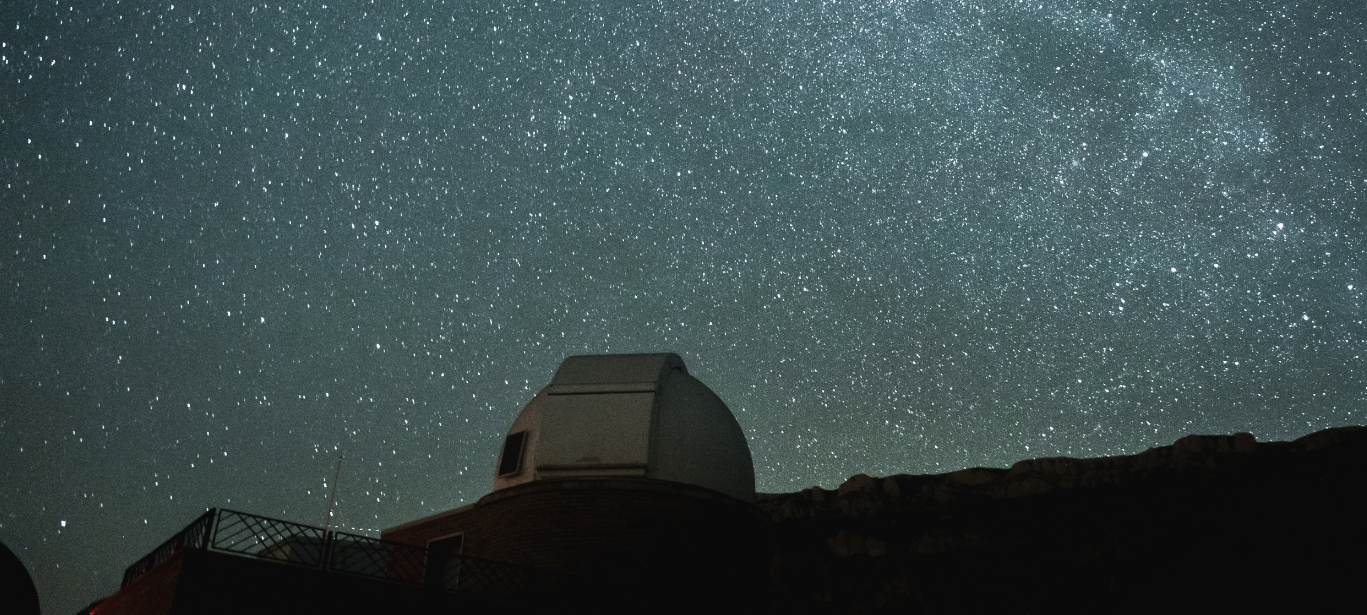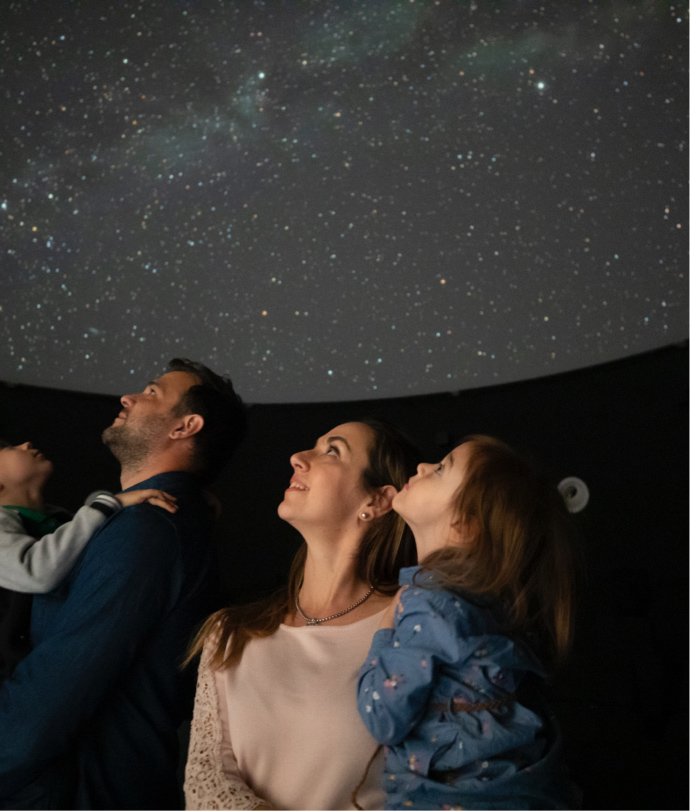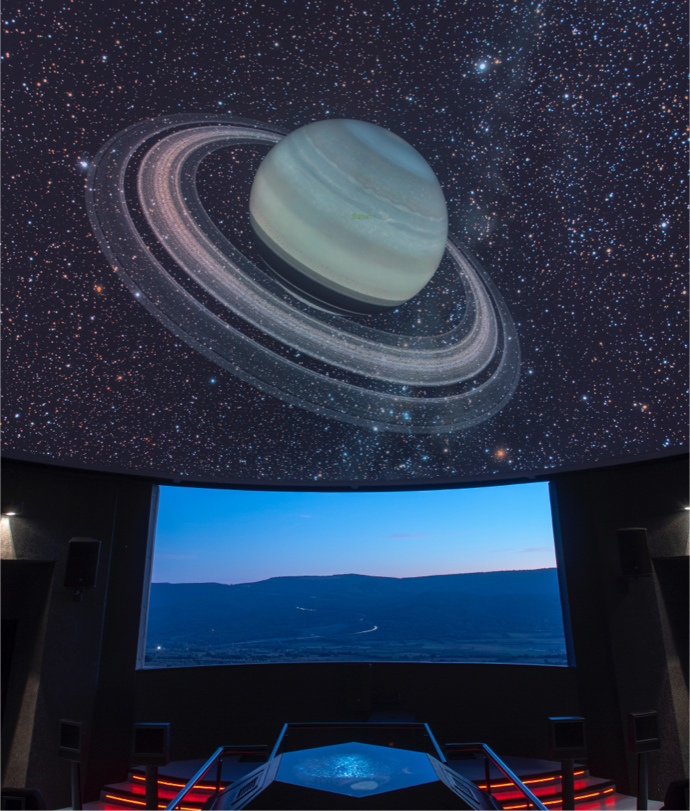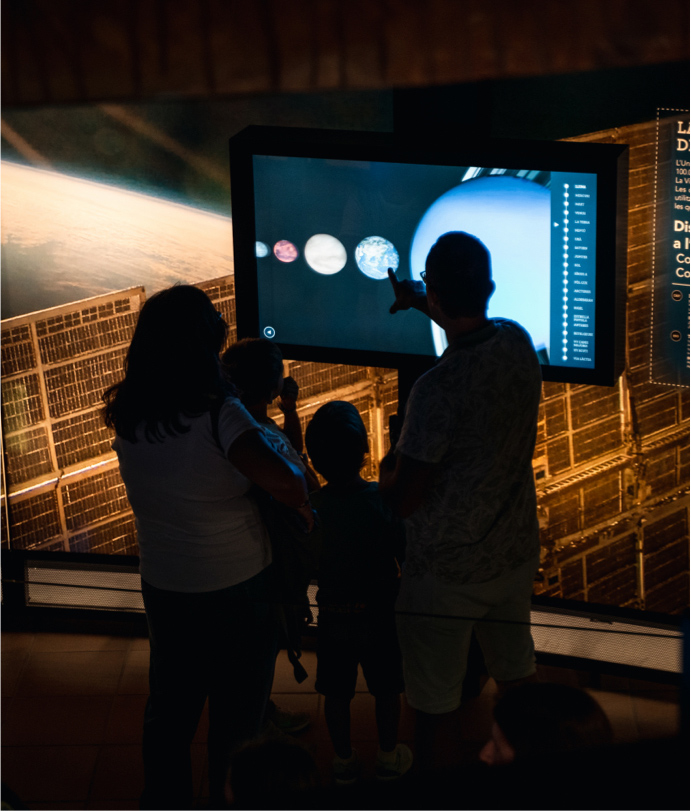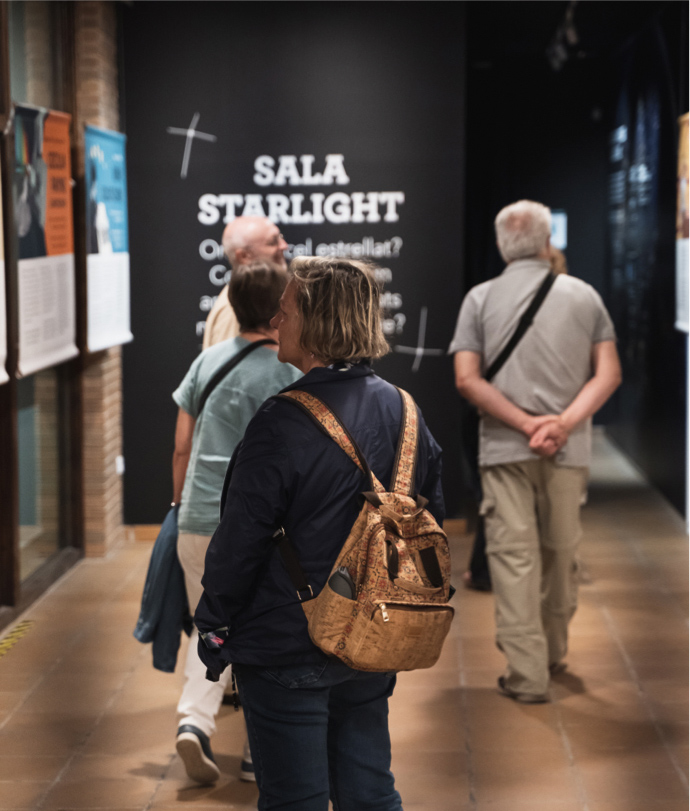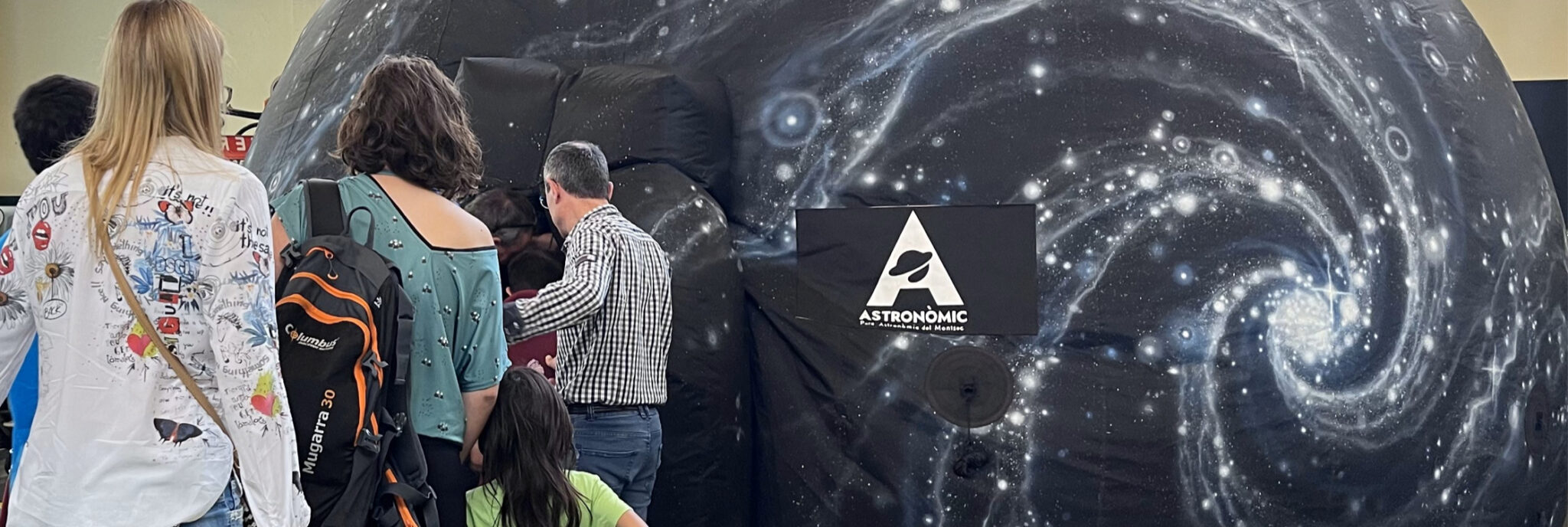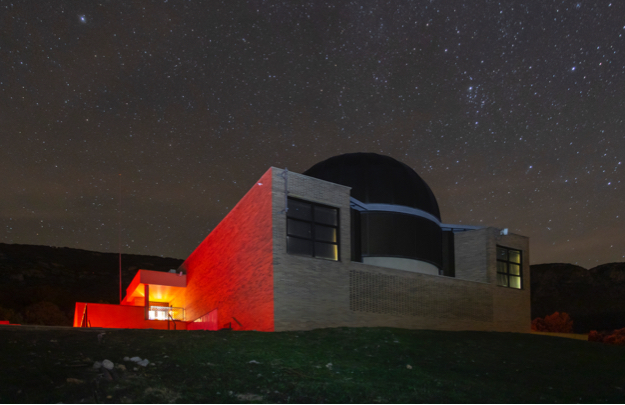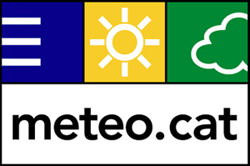The Parc Astronòmic del Montsec is witness to a unique celestial spectacle
- 11 October, 2024
-
- Tonight, the sky of Catalonia lit up with an exceptional phenomenon: the northern lights. The Parc Astronòmic del Montsec, located in a privileged area with minimal light pollution, is one of the best places to observe this spectacle.
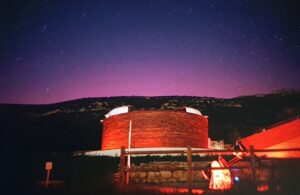
This phenomenon, rare at such low latitudes as Catalonia, is the result of strong solar activity that is sending charged particles towards Earth. These particles interact with the Earth’s atmosphere and create the impressive coloured lights that characterise the Northern Lights.
Although it is a very exceptional phenomenon, it could also be seen from the Parc Astronòmic del Montsec last May, when the largest Northern Lights were recorded for more than a century and a half.
What are the Northern Lights and how are they created?
The Northern Lights are a natural light show that occurs in the night sky, mainly in the polar regions. The Sun emits charged particles that travel through space, which form the solar wind. When these particles collide with the Earth’s atmosphere, they excite the atoms of gases such as oxygen and nitrogen. When they return to their normal state, these atoms release energy in the form of light, creating the fascinating curtains of colour that we see in the auroras. Although they are more common in areas close to the poles, such as Alaska, Canada, Iceland or Norway, sometimes, strong solar activity such as the current one can allow them to be visible at lower latitudes.
tags
Documents
Links of interest
Other News
-

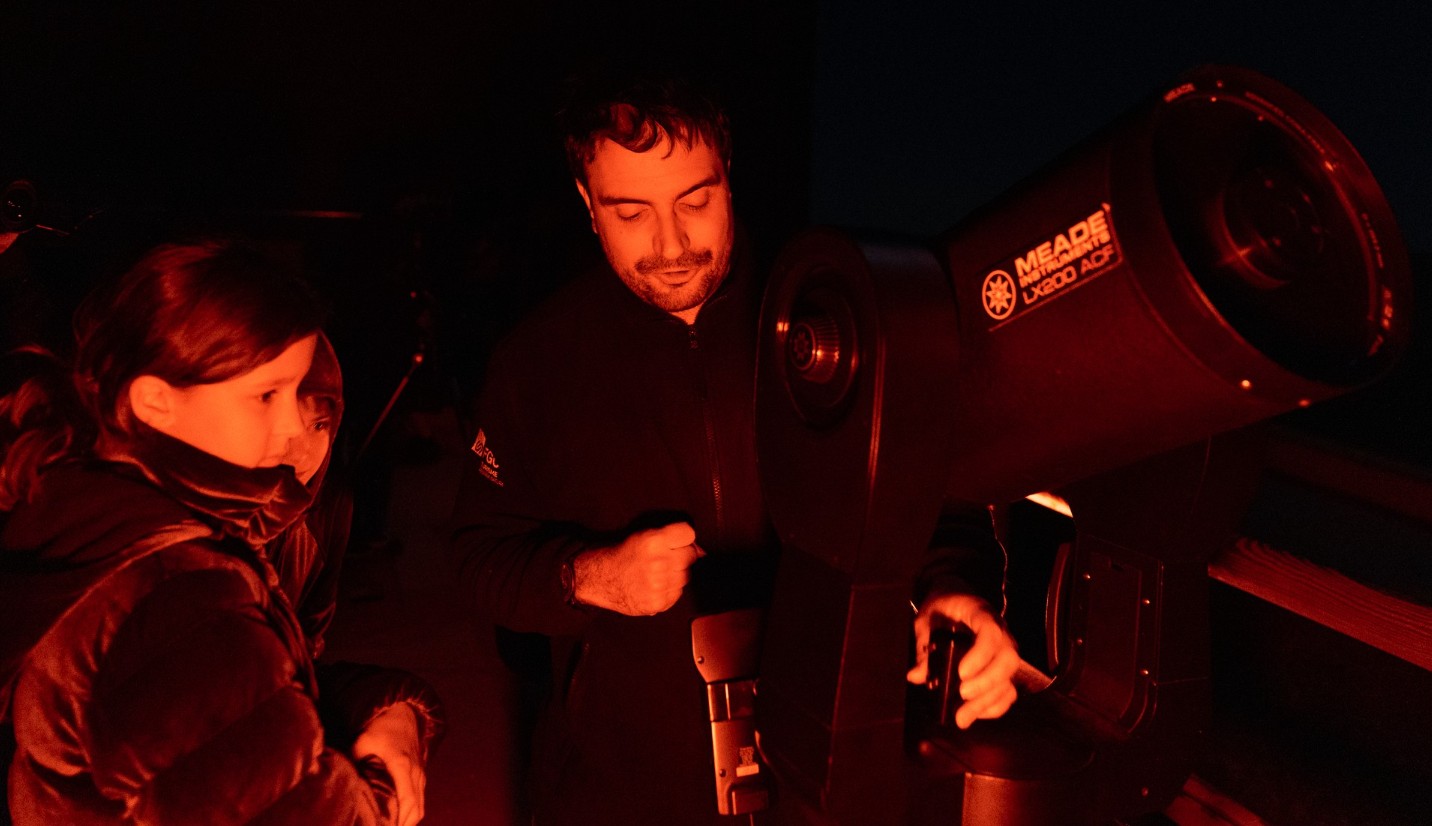
- 19 December, 2025
The Parc Astronòmic del Montsec celebrates the second edition of Christmas at the Astronòmic
- Lorem ipsum
- Lorem ipsum
-


- 24 October, 2025
The Parc Astronòmic offers special sessions for observing the millennial comet ‘C/2025 A6 Lemmon’ over the next two weekends
- Lorem ipsum
- Lorem ipsum
-

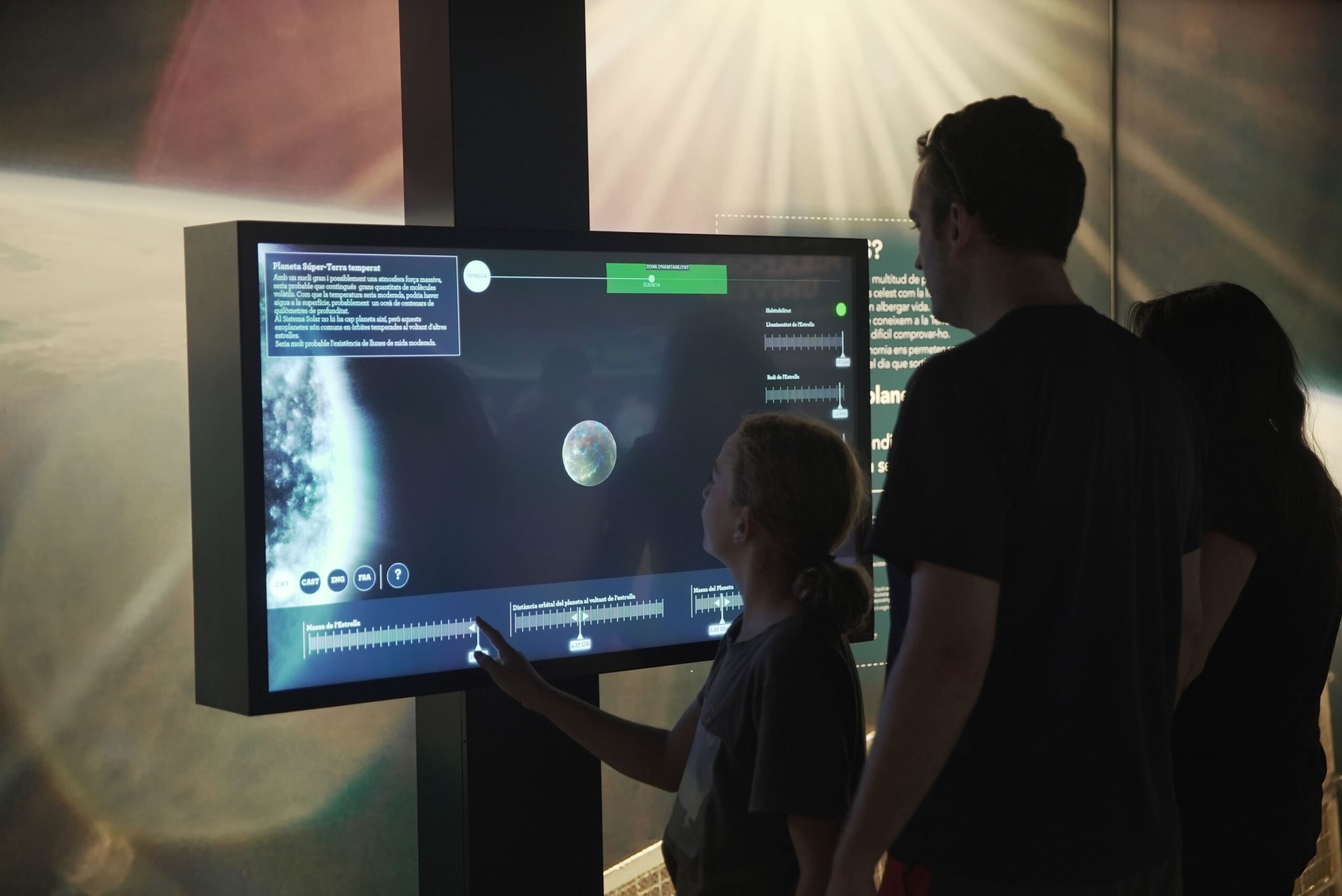
- 30 September, 2025
- Concerts
Science, culture and tourism meet from tomorrow at the Parc Astronòmic del Montsec at the 11th Astronomy Festival
- Lorem ipsum
- Lorem ipsum
